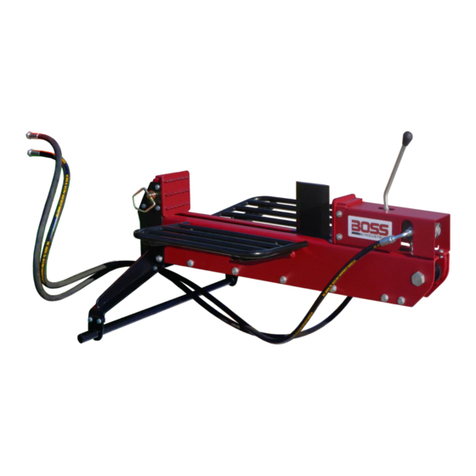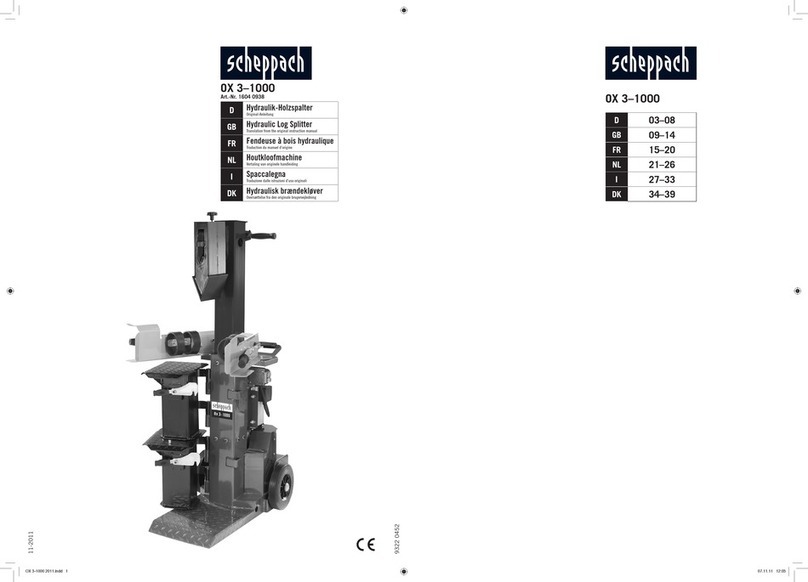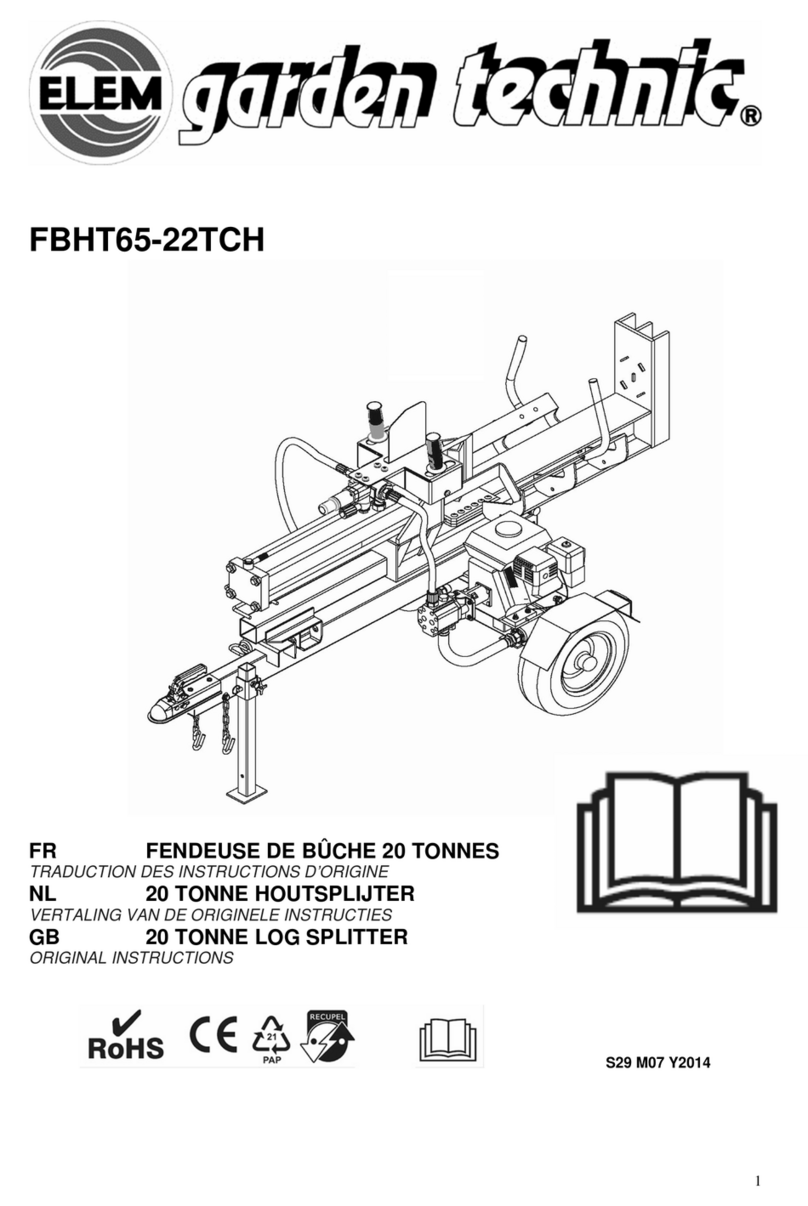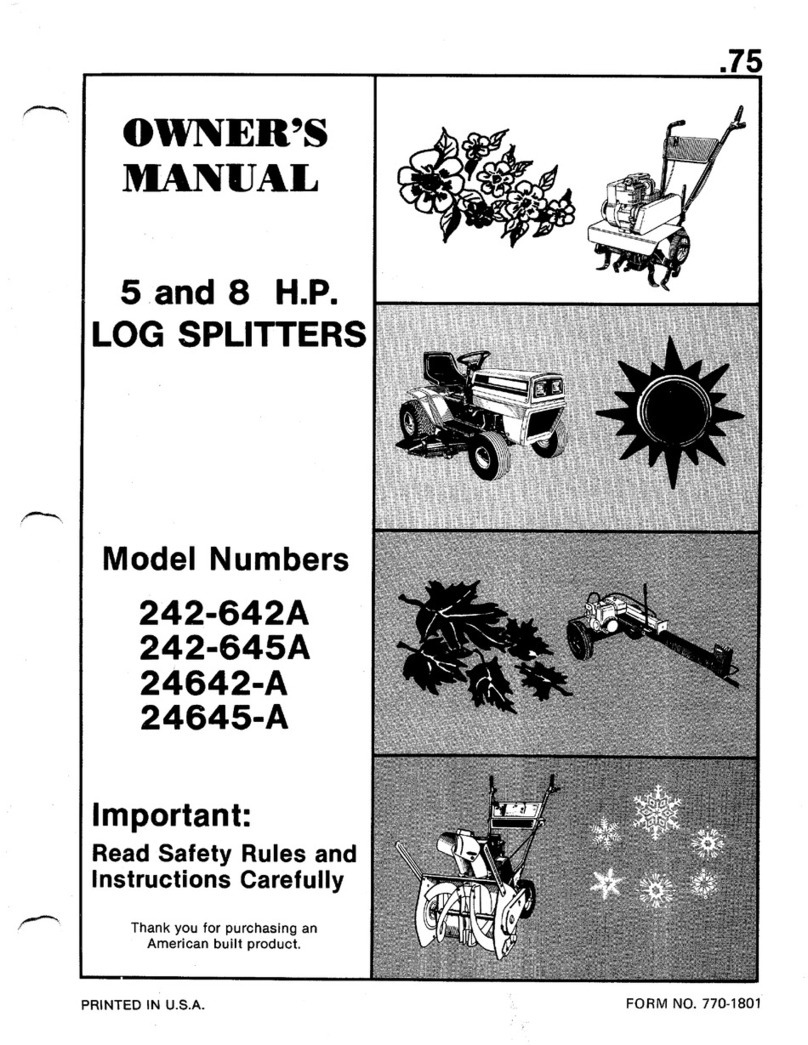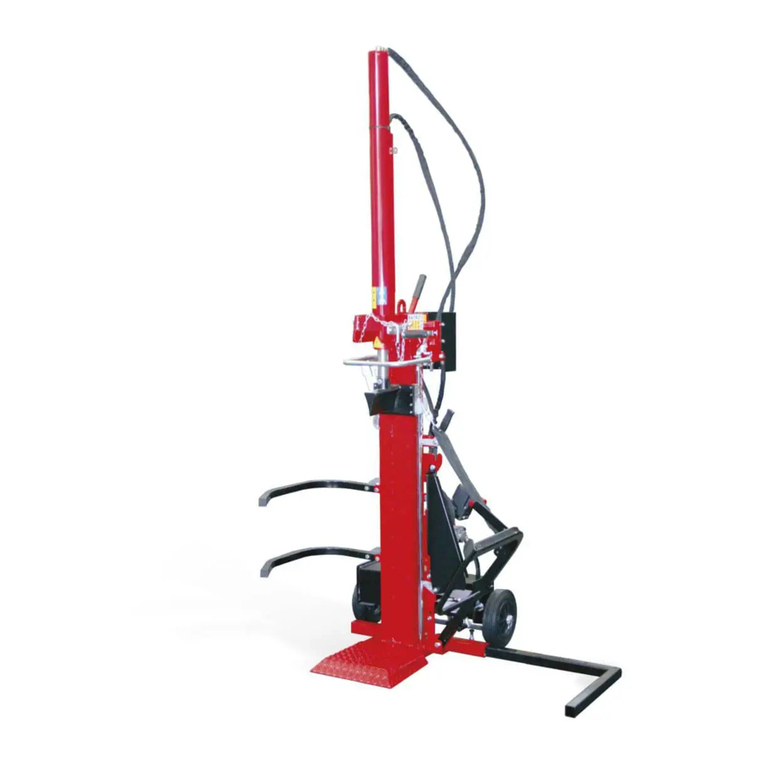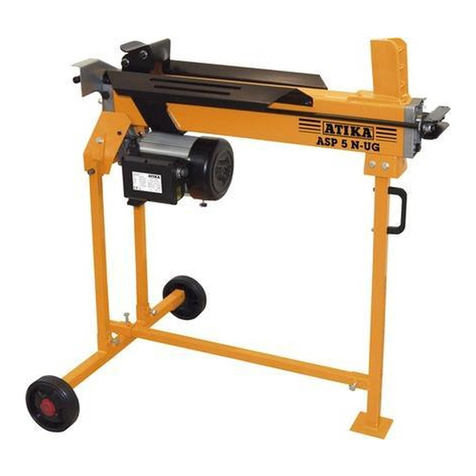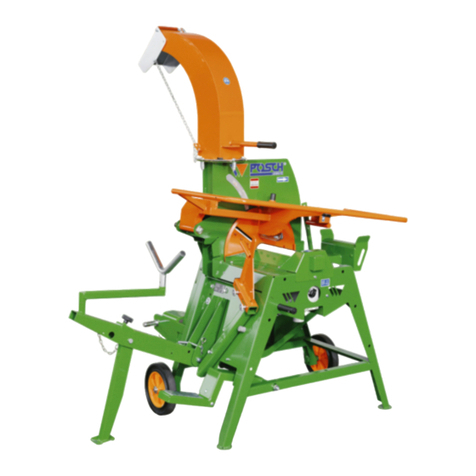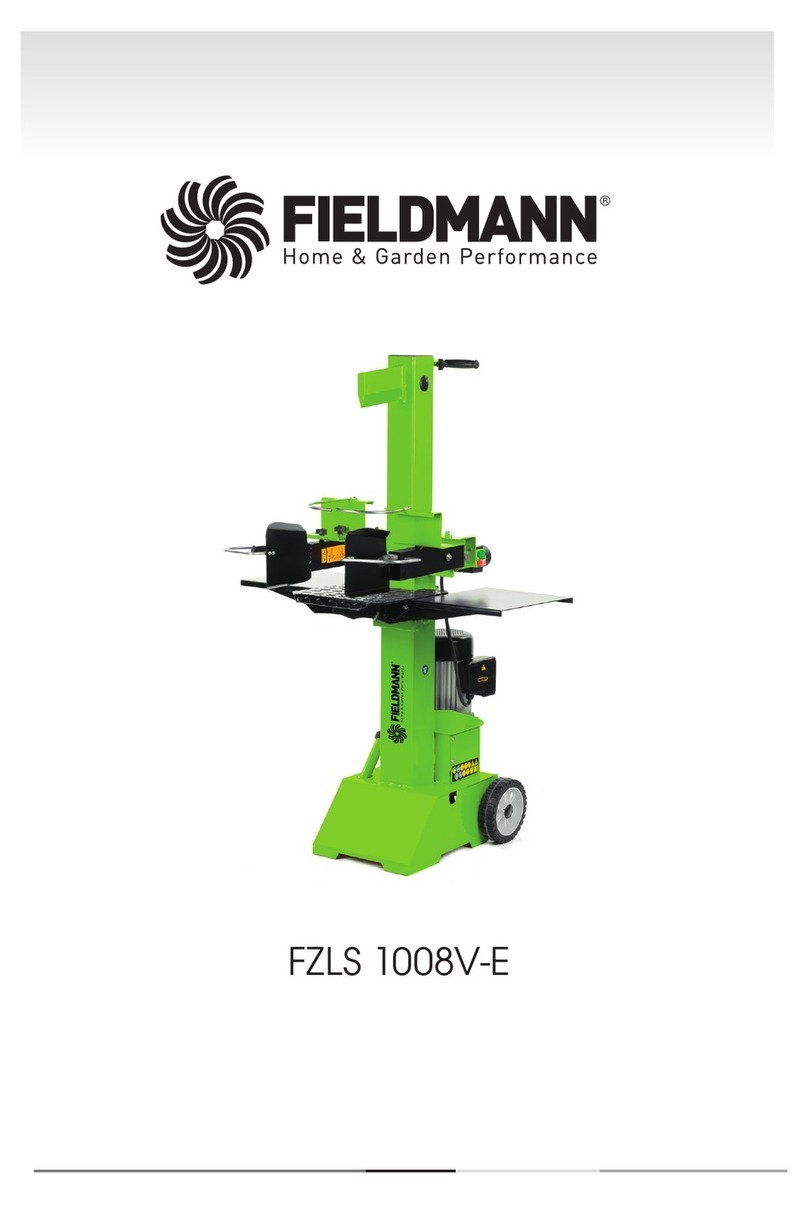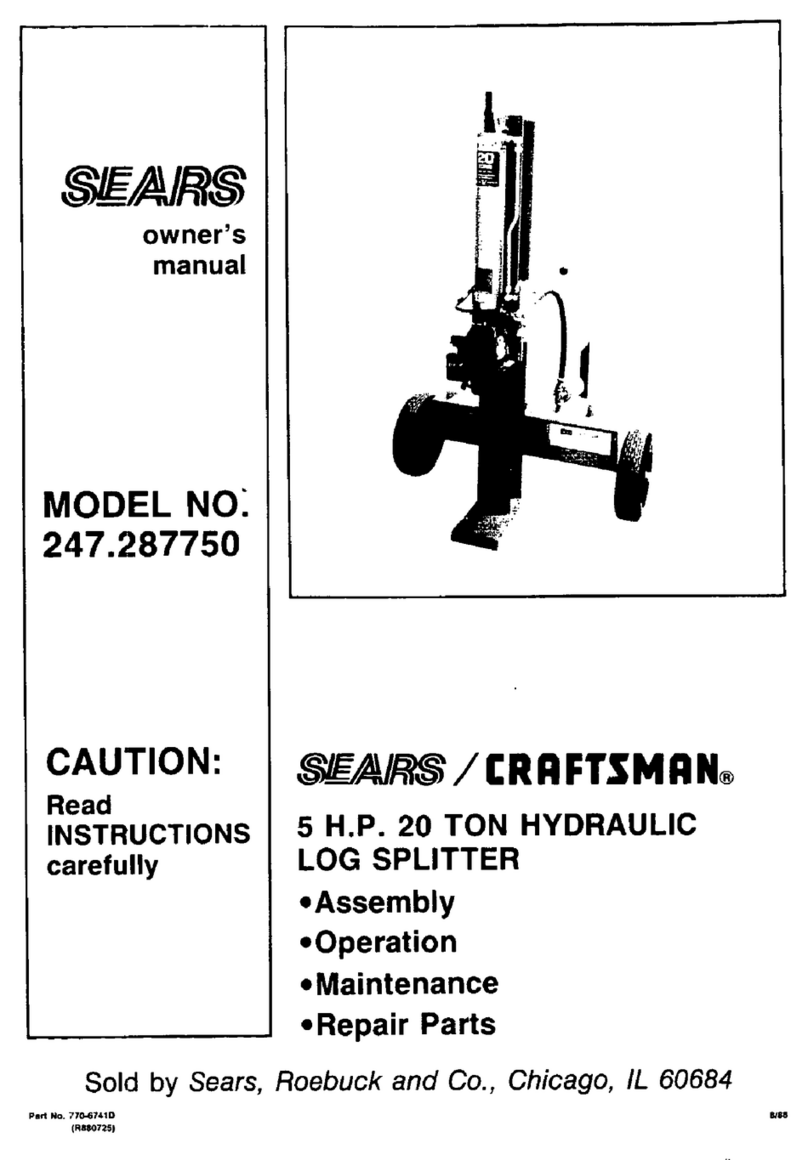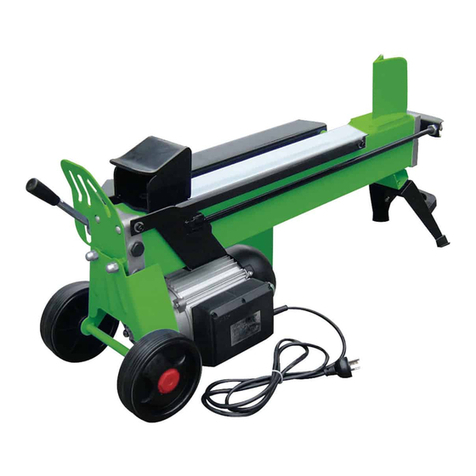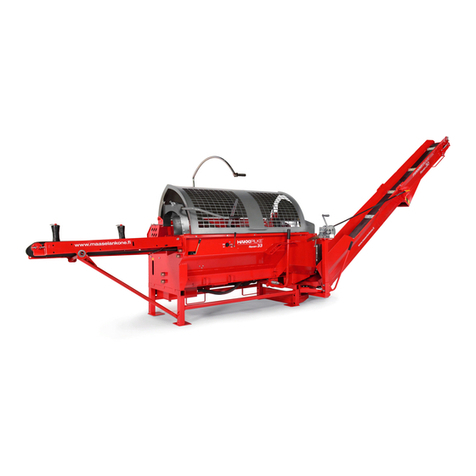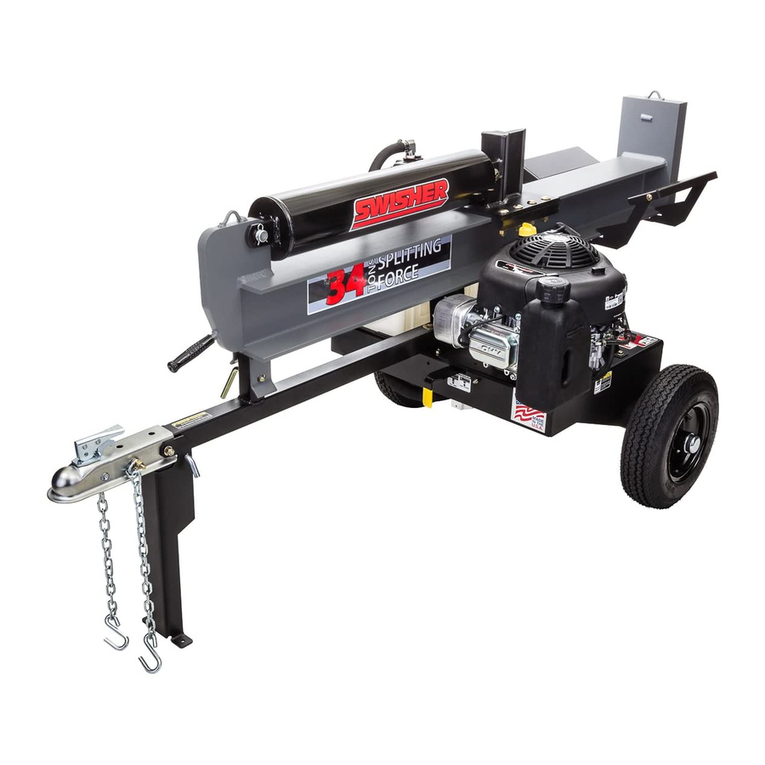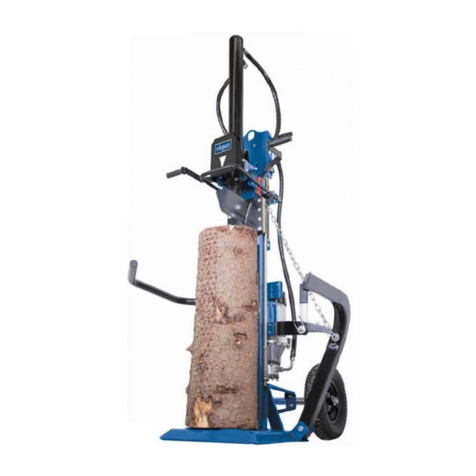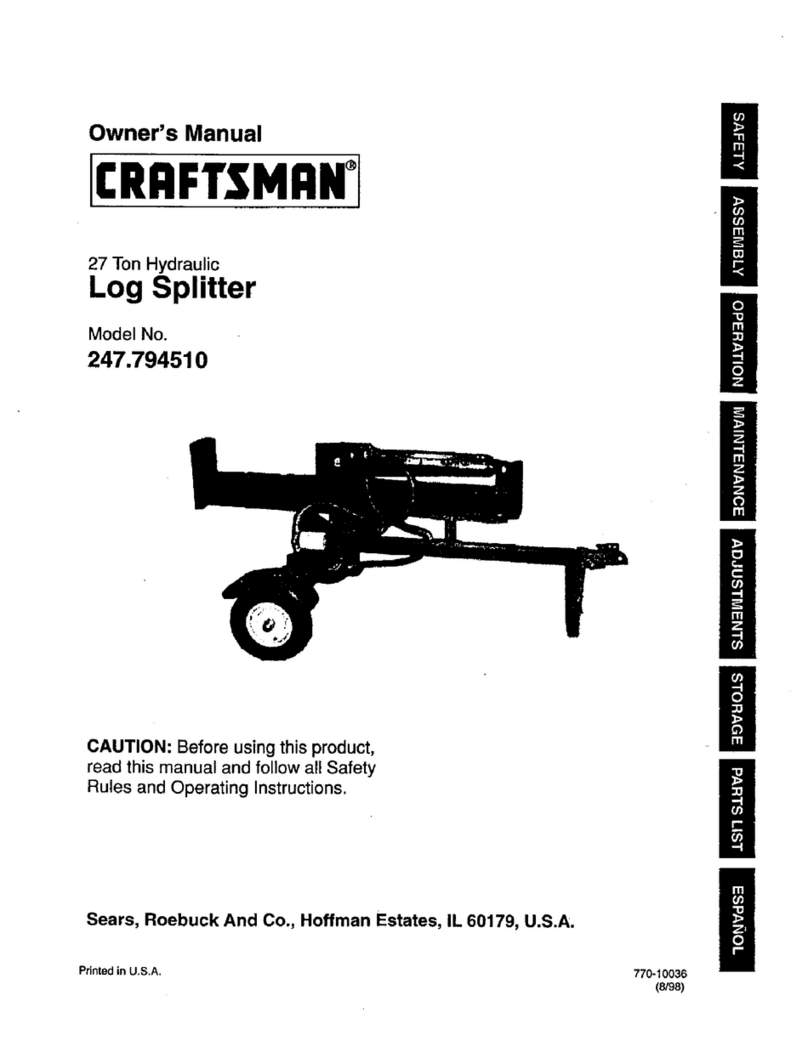
1. This tool is powered by a precision built electric motor. Use only an electrical circuit having adequate capacity as
recommended by the manufacturer -- 115 volts, 60 Hz, 20 Ampere household current, AC only. Do not operate this tool
on direct current (DC). If you choose to connect the tool to a generator, make sure the generator carrying the current
(Amperes) or power output (Watts) at least 50% more than motor rated power.
2. A substantial voltage drop will cause a loss of power and the motor will overheat. If the machine does not operate when
plugged into an outlet, double check the power supply.
3. For voltage, the wiring is as important as the motor’s horsepower rating. A line intended only for lights cannot properly
carry a power tool motor. Check the house wiring if you experience circuit breaker tripped or fuse blown even the
motor is plugged into a wall outlet directly.
4. This tool is intended for use on a circuit that has an outlet like the one shown below (FIGURE 3). Ensure that the outlet
has a grounding pin that is properly installed and grounded in accordance with all local codes and ordinances to reduce
the risk of electric shock. Check with a qualified electrician or service personnel if the grounding instructions are not
completely understood, or if in doubt as to whether the tool is properly grounded.
5. Check that the switch, cable and plug are not damaged before each use to avoid electric shock or short circuit.
6. Use only 3-wire extension cords with 3-prong grounding plugs, and 3-pole receptacles that accept the tool's plug.
7. When using a power tool at a considerable distance from the power source, use an extension cord heavy enough to carry
the current that the tool will draw. An undersized extension cord will cause a drop in line voltage, resulting in a loss of
power and causing the motor to overheat.
8. Use the chart provided below to determine the minimum wire size required in an extension cord. Only round jacketed
cords listed by Underwriter's Laboratories (UL) should be used.
**Ampere rating (on tool faceplate)
0-2.0 2.1-3.4 3.5-5.0 5.1-7.0 1-12.0 12.1-16.0
Cord
Wire Size
(A.W.G.)
25' 12 12 12 10 10 10
50' 12 12 10 10 ——
**Used on 12 gauge - 20 amp circuit only.
NOTE: AWG = American Wire Gauge
9. When working with the tool outdoors, use an extension cord that is designed for outside use. This is indicated by the
letters "WA" on the cord's jacket.
10. Keep the extension cord clear of the working area. Position the cord so that it will not get caught on lumber, tools or
other obstructions while you are working with a power tool. Failure to do so can result in serious injury.
11. “BLOWING” a fuse or tripping a circuit breaker is usually a warning that you are overloading the machine or have too
many devices taking power from the circuit, or both. DO NOT install a higher capacity fuse!
12. DO NOT leave the motor running unattended.
13. DO NOT expose the motor to rain or use / store in damp locations.
5


